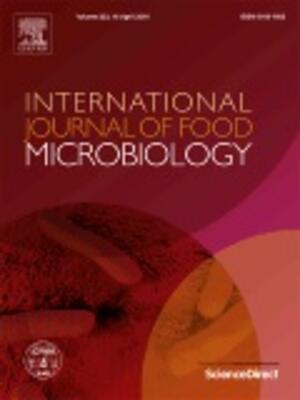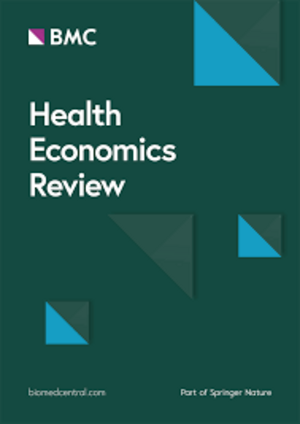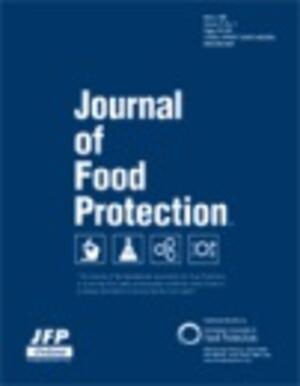
Participatory mapping and food‐centred justice in informal settlements in Nairobi, Kenya
Abstract
Food vendors are pivotal in the local food system of most low‐income informal settlements in Nairobi, Kenya, despite being seen as an obstruction and as agents of disease and filth by city authorities. This paper explores the geography of these foodscapes – defined as public sites of food production and consumption – in selected low‐income settlements in Nairobi, focusing on the interaction of food vendors with their surrounding environment and infrastructure services. The research uses participatory geographic information system tools, including food mapping with mobile apps and high‐resolution community aerial views with balloon mapping, to capture and contextualise local knowledge. The community mappers collected data on 660 vendors from 18 villages in Kibera, Mathare, and Mukuru, and situated them on multi‐layered synoptic geographic overviews for each settlement. The resulting data on hazardous areas in relation to food spaces and infrastructure provision allowed local communities to prioritise areas for regular clean‐up activities and assisted advocacy to improve these places in cooperation with local authorities. These multiple visual representations of foodscapes make local food vendors, and the risks they face, visible for the first time. Reframing their “right to safe food and environment” from a social and environmental justice perspective allows local communities to put their experiences, knowledge, and challenges faced at the forefront of urban development planning, policy, and practice.
Citation
Ahmed, S., Haklay, M., Tacoli, C., Githiri, G., Davila, J., Allen, A. and Fèvre, E. 2019. Participatory mapping and food‐centred justice in informal settlements in Nairobi, Kenya. GEO: Geography and Environment 6(1): e00077.









